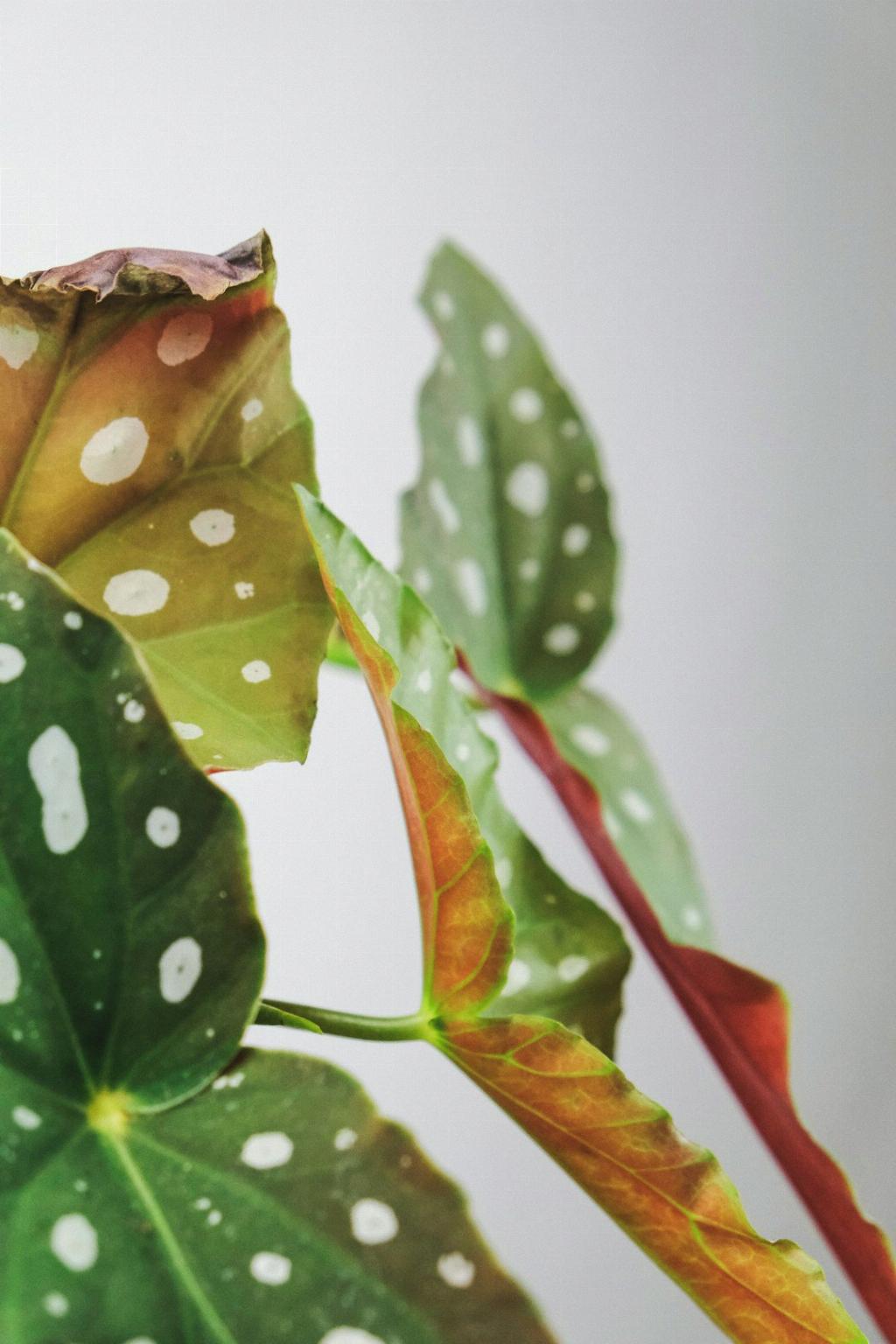When it comes to caring for your begonia plant, proper placement and attention to detail are key factors in ensuring its health and longevity. Here are some essential tips to help you nurture your begonia and keep it thriving:
1. Choosing the Right Location
Begin by selecting a suitable location for your begonia plant. Opt for a spot with partial shade that receives bright, indirect light. Avoid placing your begonia in direct sunlight, as this can lead to leaf scorching.
2. Soil Requirements
Ensure that your begonia is planted in organic-rich, well-draining soil. This will help prevent waterlogging and promote healthy root growth. Consider adding compost or peat moss to improve soil quality.
3. Watering Routine
Establish a regular watering routine for your begonia plant. Keep the soil consistently moist but not waterlogged. Water the plant when the top inch of soil feels dry to the touch, and ensure that excess water can drain freely from the pot.
4. Fertilizing Schedule
Feed your begonia plant with a balanced liquid fertilizer once a month during the growing season. This will provide essential nutrients for healthy growth and abundant flowering. Be sure to follow the manufacturer’s instructions for dilution and application.
5. Temperature and Humidity
Maintain a moderate temperature and humidity level around your begonia plant. Begonias thrive in temperatures between 65-75 degrees Fahrenheit and prefer high humidity. Consider placing a humidifier near the plant during dry periods.
6. Pruning and Deadheading
Regularly prune your begonia plant to remove spent blooms and encourage new growth. Deadheading faded flowers will prevent seed formation and promote continuous flowering throughout the season.
7. Pest Control
Keep an eye out for common pests such as aphids, spider mites, and mealybugs, which can damage your begonia plant. Treat infestations promptly with insecticidal soap or horticultural oil to prevent further damage.
8. Disease Management
Prevent fungal diseases by providing good air circulation around your begonia plant. Avoid overhead watering, as this can lead to leaf spots and mildew. If signs of disease appear, remove affected leaves promptly and treat with a fungicide if necessary.
9. Repotting Guidelines
Monitor the growth of your begonia plant and repot it into a larger container when roots become overcrowded. Select a pot with drainage holes and use fresh potting mix to encourage healthy root development.
10. Overwintering Care
During the winter months, protect your begonia plant from cold drafts and low temperatures. Consider bringing indoor begonias indoors or providing a protective covering for outdoor plants to prevent frost damage.
11. Propagation Tips
Expand your begonia collection by propagating new plants from stem cuttings or leaf cuttings. Place cuttings in a moist potting mix and provide a warm, humid environment for root development. With patience, you can grow new begonias to enjoy.

12. Enjoying the Beauty of Begonias
Appreciate the vibrant colors and delicate blooms of your begonia plant as it brightens up your indoor or outdoor space. With proper care and attention, your begonia will flourish and reward you with its beauty for years to come.
